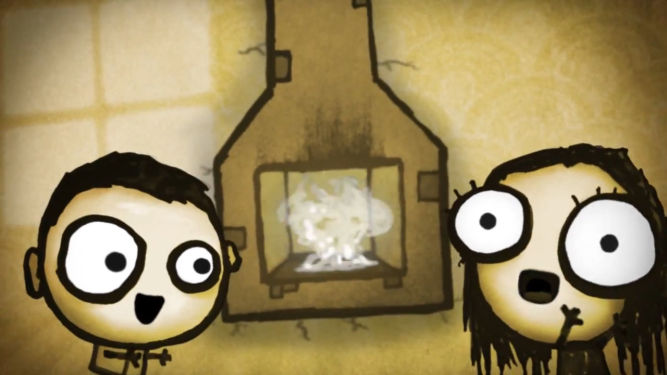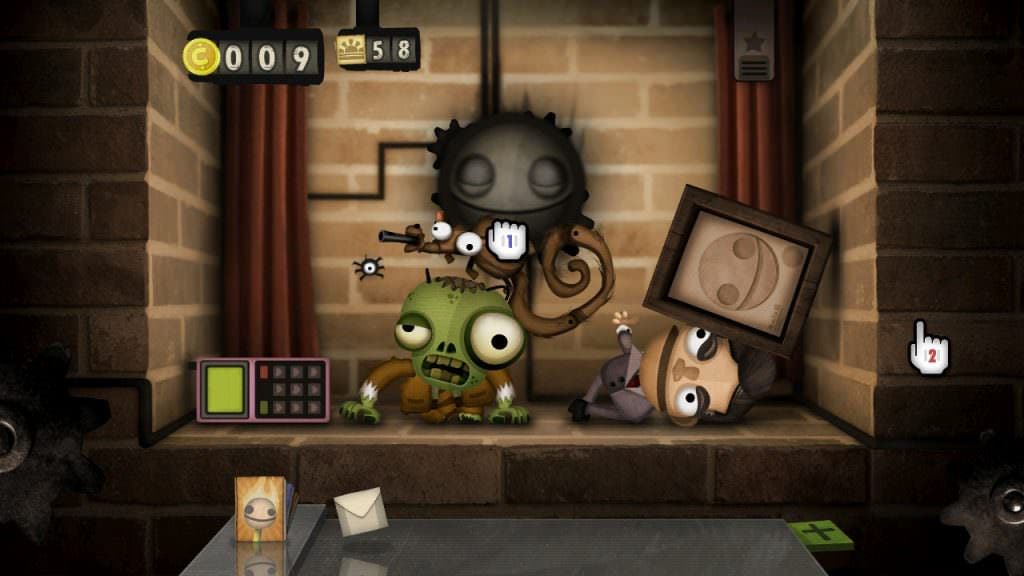

The physics engine covers far more than fire. Most of them will ignite or explode, but there are many less traditional devices (including homages to other games) that can cause a huge variety of other effects when burned, such as shattering, freezing, raining, chemical and electrical reactions, or even good old fashioned slicing and dicing. There is a great deal of fun to be had in putting unlikely combinations of objects together in the fire.
#Little inferno world of goo trial
And either by trial and error or by looking at a list of hints, the player can discover burning combos that are sometimes necessary to unlock another catalog. When several things are burned simultaneously, they interact seamlessly and realistically, even when the items themselves have no basis in reality. The pages are filled with creative items, and each item has an entertaining animation and interesting description. The item catalogs are a work of art as well. Burning objects are entirely moveable by the player, and often crumble to pieces in a believable physics environment that is very fun to play around with and to look at. The fire effects steal the show, with flames that grow and shrink based on what fuels the fire. The visual details in Little Inferno come together beautifully. It all feels very familiar, and that is a good thing, as World of Goo was a delight to look at. It should be immediately recognizable to anyone that played World of Goo, from the obvious attention grabbers, like the wide eyed characters and creative burnable objects, to the subtleties, like the way the title screen fades to black before the game starts and how the interface is presented. The art style is one of the many reasons that Little Inferno kept me playing. But I still found it to be a highly engaging and rewarding experience. The whole thing took me less than five hours, and short of watching more things burn, there is little reason to play again.

Surely it qualifies as a game if it held my attention so consistently and for so long. Yet somehow, I could not stop playing! I began Little Inferno around 10am and did not stop until I completed it. Progress through the game is measured by catalogs of items to burn being sequentially unlocked and a steadily increasing supply of coins. True, it doesn’t seem much like a normal video game. If it is a game, why is it impossible to lose? Where are the bad guys, the points, and the high scores? So simple in fact that I find it difficult to come up with a strong argument against those who might say that Little Inferno isn’t even a game at all. Gameplay consists mainly of setting things on fire, watching them burn, earning coins, buying more things to burn, and repeating. Kyle Gabler and Allan Blomquist (who brought us World of Goo), have teamed up with Kyle Gray ( Henry Hatsworth in the Puzzling Adventure) to form Tomorrow Corporation, both the development company responsible for Little Inferno, and the name of the in-game corporation that sells the Little Entertainment Fireplace that the player stares at throughout most of the game.


 0 kommentar(er)
0 kommentar(er)
